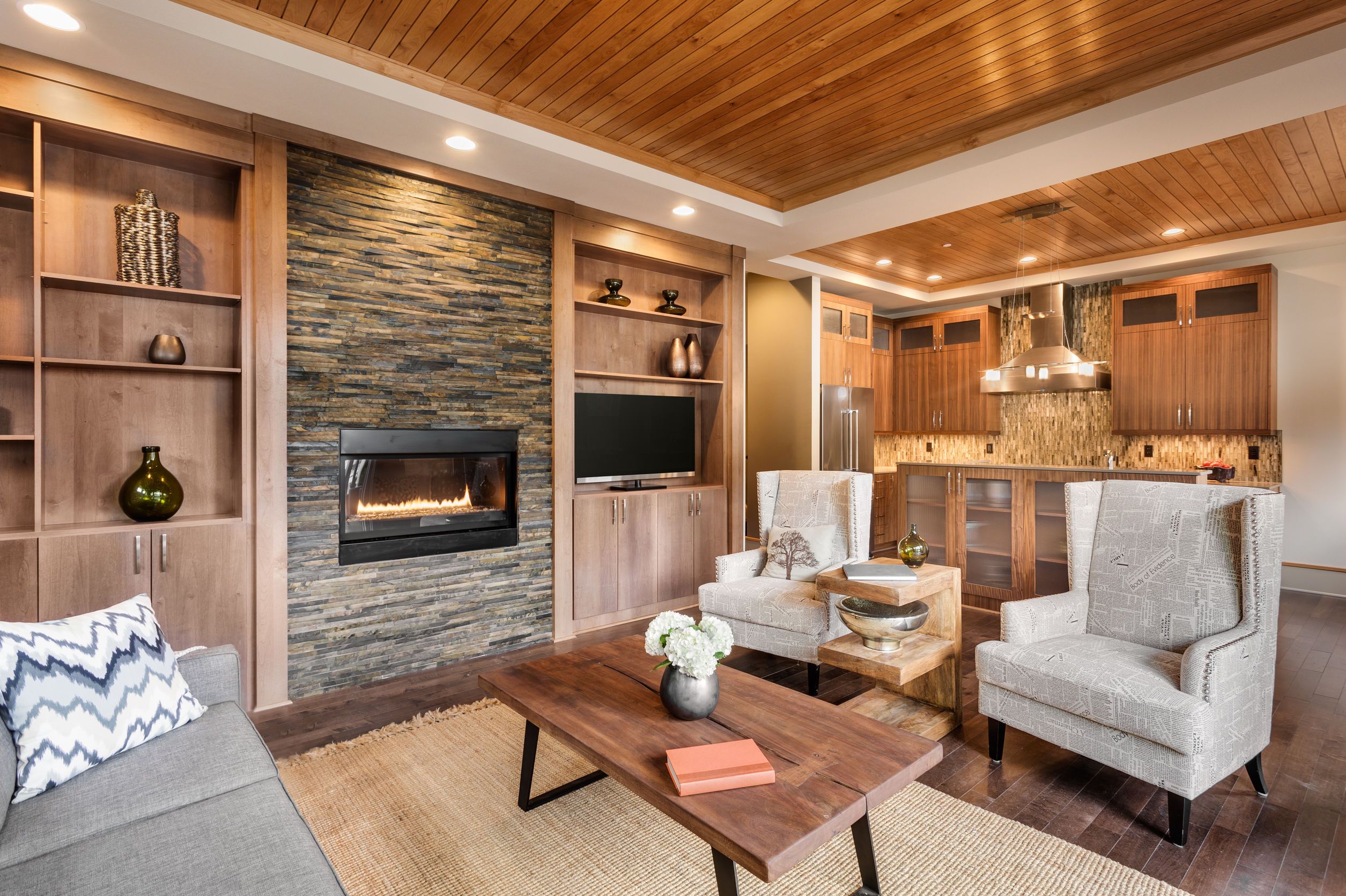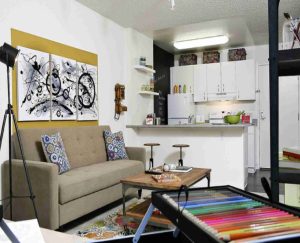
The Basics of Interior Design and Decorating
Interior design is the art and science of enhancing the interior of a space to achieve a healthier and more aesthetically pleasing environment. Decorating, on the other hand, involves adding the finishing touches to a space to make it visually appealing. Whether you’re designing a new home or want to refresh your existing space, understanding the basics of interior design and decorating can help you create a space that reflects your personality and style.
The Importance of Space Planning
Space planning is a crucial element of interior design. It involves analyzing the available space and determining how to best utilize it for functionality and aesthetics. Effective space planning ensures that furniture and other elements are arranged in a way that allows for easy movement and maximizes the usability of the space.
HTML markup:
<h1>The Importance of Space Planning</h1>
<p>
Space planning is a crucial element of interior design. It involves analyzing the available space and determining how to best utilize it for functionality and aesthetics. Effective space planning ensures that furniture and other elements are arranged in a way that allows for easy movement and maximizes the usability of the space.
</p>
Color Scheme and Mood
The choice of colors can greatly influence the mood and atmosphere of a space. When selecting a color scheme, it’s important to consider the purpose and function of the space. For instance, warm colors like red, orange, and yellow can create a cozy and energetic vibe, making them ideal for social spaces such as living rooms or kitchens. On the other hand, cool colors like blue, green, and purple can create a calm and relaxing atmosphere, making them suitable for bedrooms or home offices.
HTML markup:
<h2>Color Scheme and Mood</h2>
<p>
The choice of colors can greatly influence the mood and atmosphere of a space. When selecting a color scheme, it’s important to consider the purpose and function of the space. For instance, warm colors like red, orange, and yellow can create a cozy and energetic vibe, making them ideal for social spaces such as living rooms or kitchens. On the other hand, cool colors like blue, green, and purple can create a calm and relaxing atmosphere, making them suitable for bedrooms or home offices.
</p>
Furniture Selection and Placement
The selection and placement of furniture are essential aspects of interior design. Furniture should not only be visually appealing but also functional and proportionate to the space. Consider the size and scale of the room when choosing furniture pieces. Additionally, pay attention to the layout and arrangement of furniture to ensure a comfortable and efficient flow of movement.
HTML markup:
<h2>Furniture Selection and Placement</h2>
<p>
The selection and placement of furniture are essential aspects of interior design. Furniture should not only be visually appealing but also functional and proportionate to the space. Consider the size and scale of the room when choosing furniture pieces. Additionally, pay attention to the layout and arrangement of furniture to ensure a comfortable and efficient flow of movement.
</p>
Lighting Design
Lighting plays a significant role in enhancing the ambiance of a space. It is essential to incorporate a combination of ambient, task, and accent lighting to create a well-balanced and inviting atmosphere. Natural light should also be maximized whenever possible. Consider the placement of windows and use curtains or blinds that allow for flexibility in controlling the amount of light entering the space.
HTML markup:
<h2>Lighting Design</h2>
<p>
Lighting plays a significant role in enhancing the ambiance of a space. It is essential to incorporate a combination of ambient, task, and accent lighting to create a well-balanced and inviting atmosphere. Natural light should also be maximized whenever possible. Consider the placement of windows and use curtains or blinds that allow for flexibility in controlling the amount of light entering the space.
</p>
Texture and Pattern
Adding texture and pattern to a space can create visual interest and depth. Whether through fabrics, wallpapers, or decorative accessories, incorporating different textures and patterns can add personality and dimension to a room. It is important to strike a balance and not overdo it, as too much texture or pattern can make a space feel overwhelming.
HTML markup:
<h2>Texture and Pattern</h2>
<p>
Adding texture and pattern to a space can create visual interest and depth. Whether through fabrics, wallpapers, or decorative accessories, incorporating different textures and patterns can add personality and dimension to a room. It is important to strike a balance and not overdo it, as too much texture or pattern can make a space feel overwhelming.
</p>
Conclusion
Interior design and decorating are accessible to everyone, regardless of budget or space constraints. By understanding the fundamentals and applying them creatively, you can transform any space into a beautiful and functional environment that suits your style and needs. Remember to consider elements such as space planning, color scheme, furniture selection, lighting design, and texture to create a cohesive and visually appealing interior.
HTML markup:
<h2>Conclusion</h2>
<p>
Interior design and decorating are accessible to everyone, regardless of budget or space constraints. By understanding the fundamentals and applying them creatively, you can transform any space into a beautiful and functional environment that suits your style and needs. Remember to consider elements such as space planning, color scheme, furniture selection, lighting design, and texture to create a cohesive and visually appealing interior.
</p>

